If you purchase an independently reviewed product or service through a link on our website, WWD may receive an affiliate commission.
Chanel may be more than 100 years old, but the brand is as relevant as ever: The French brand still tops Statista’s list of the most recognizable luxury fashion houses in the U.S., alongside Gucci and Dior. But Chanel’s enduring status as the epitome of chic owes much to its eponymous founder.
More from WWD
Gabrielle “Coco” Chanel launched her eponymous brand in 1910. Several items created during her reign—including tweed skirt suits, quilted flap bags, and Chanel No. 5—are still among the brand’s bestsellers. References to Chanel are even present in posthumous products, such as Coco Mademoiselle eau de parfum and Coco Rouge lipstick.
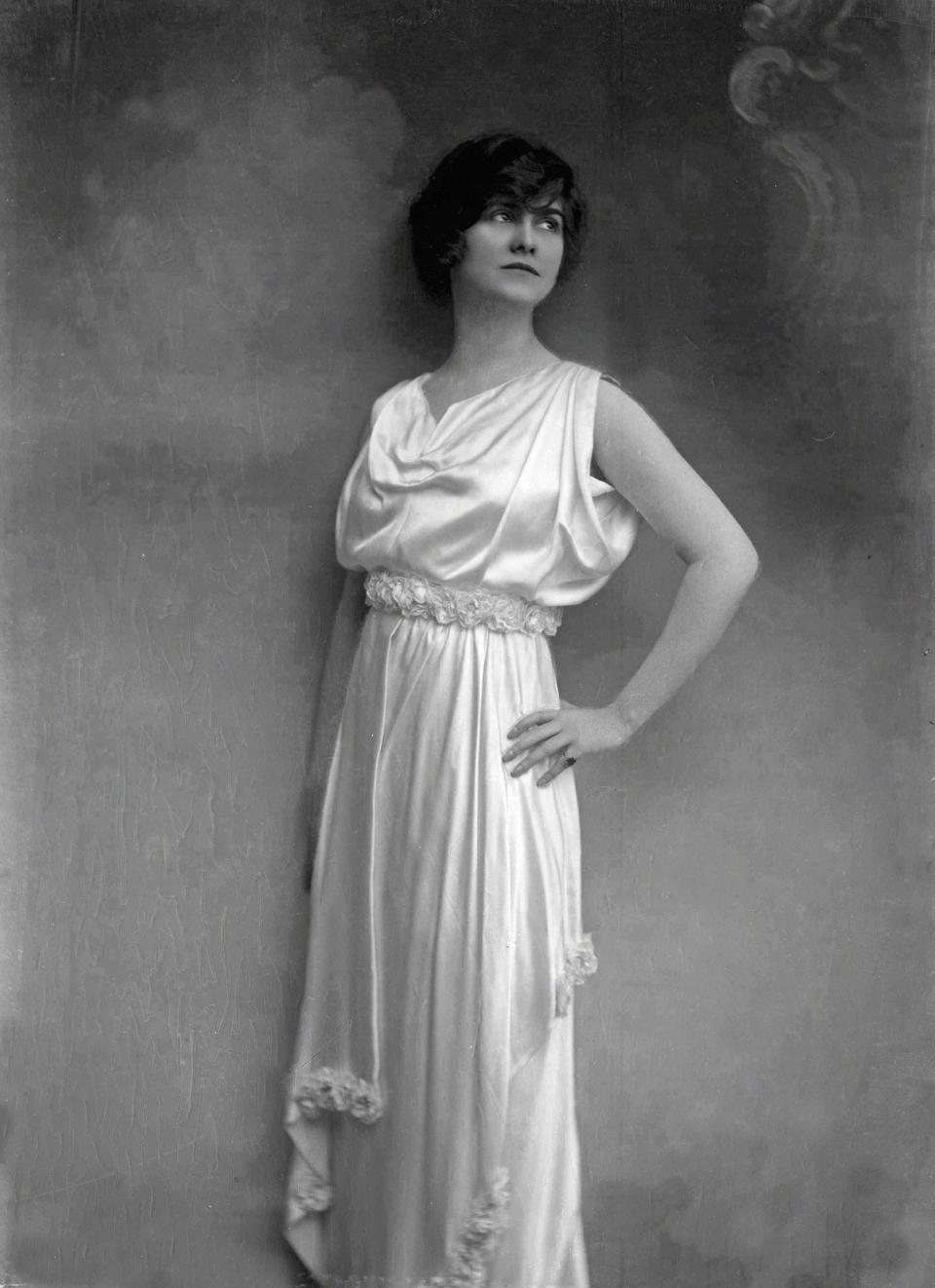

Known for her unconventional approach to design, Chanel set trends using unconventional fabrics, colors, and textures, many of which took root in menswear. Today, she is often referred to as the mother of modern fashion and was one of the first major designers to combine comfort and simplicity with style.
In honor of her 141st birthday, a look back at some of the major milestones in Chanel’s career.
1910: The First Chanel Boutique Opened
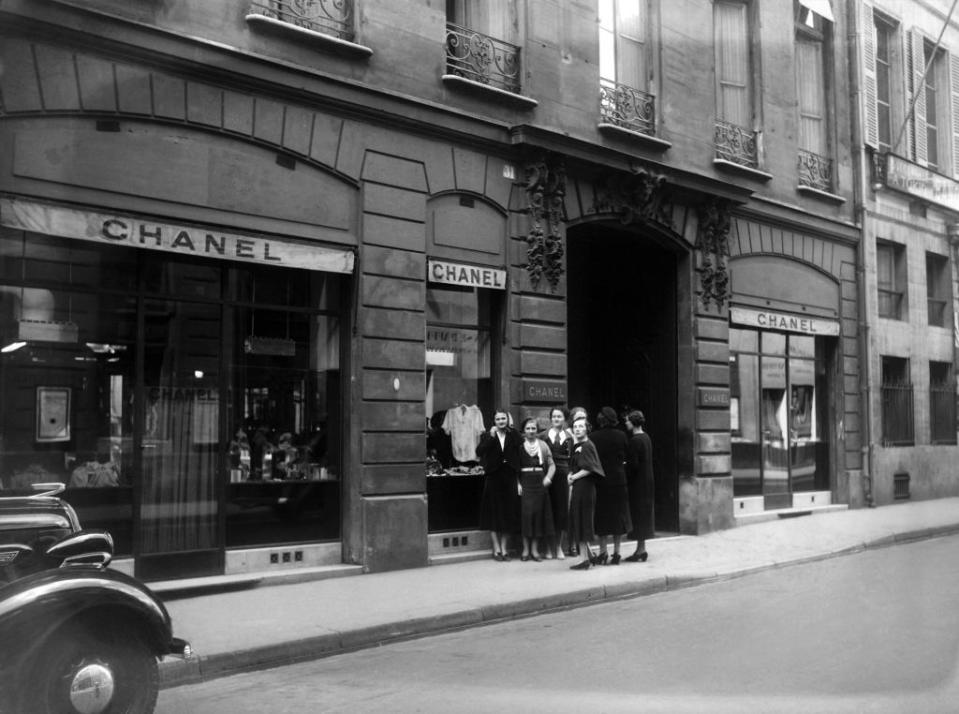

Chanel began her career as a milliner and opened her first store, Chanel Modes, at 21 Rue Cambon in 1910. French actresses, including Gabrielle Dorziat, wore Chanel’s early designs both on and off stage, bringing her to prominence.
Coco Chanel Photos Through the Years: Her Evolution from 1910 to the 1960s
View Gallery
In 1915, Chanel opened two more stores in the French coastal cities of Deauville and Biarritz. She introduced ready-to-wear designs and stylish sportswear made of jersey, a lightweight fabric later used to make men’s undergarments. Chanel helped popularize breathable textiles for women in an era of restrictive garments such as corsets, and her jersey collection was an immediate success.
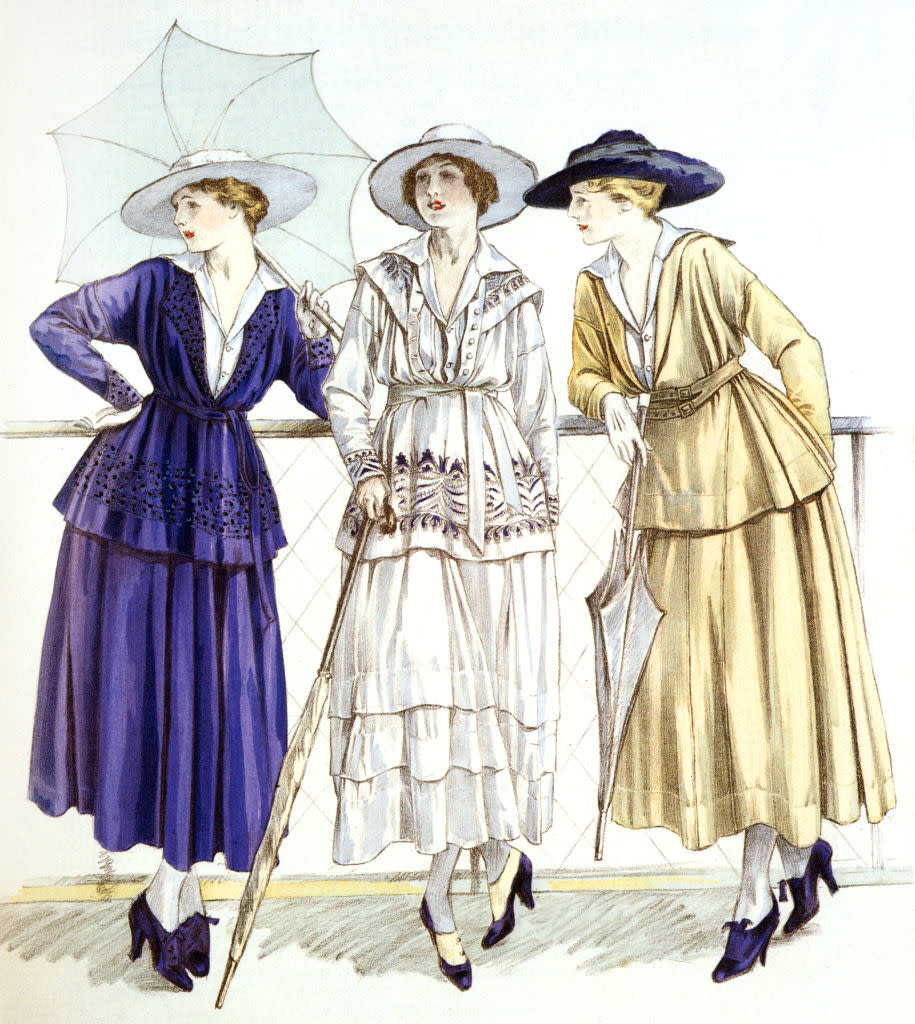

Chanel employed 300 artisans in her first couture house in Biarritz, where she designed her first haute couture collection.
Three years later, Chanel opened her Paris boutique at 31 Rue Cambon, which still stands today. The designer also founded her own couture house at this address.
1921: Launch of Chanel No.5
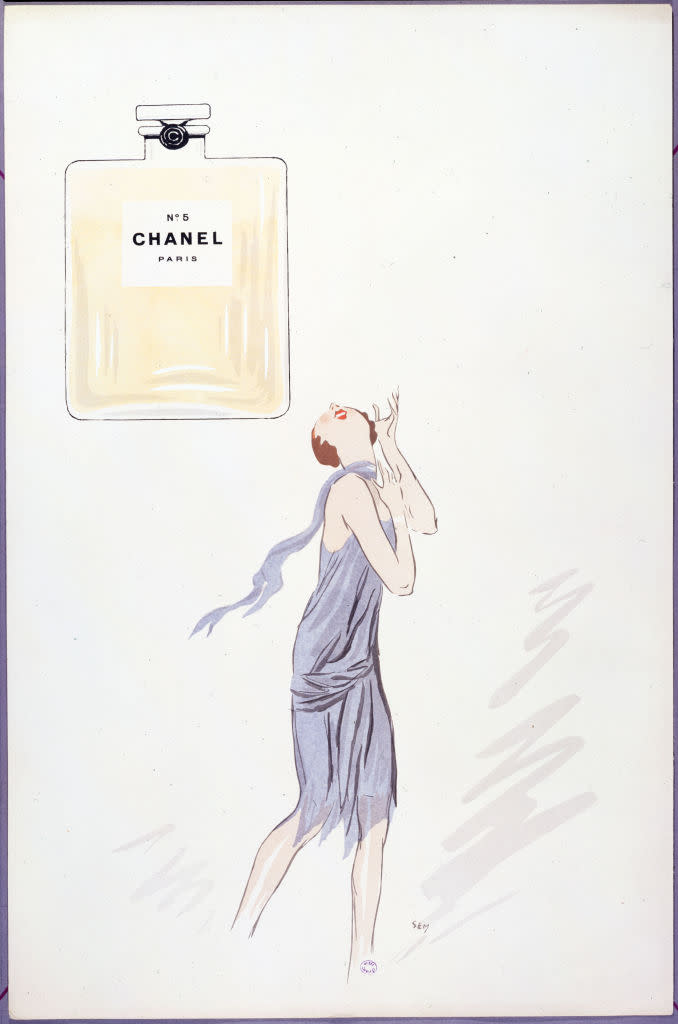

Chanel collaborated with perfumer Ernest Beaux to create her house’s first fragrance, Chanel No. 5. Featuring notes of jasmine and musk, it remains one of the world’s best-selling perfumes. Named after the sample Chanel liked the most, the couturier also saw the number five as a good omen.
“I exhibit my collections on the fifth of May, the fifth month of the year, so let’s leave the number on it, let that five bring it good luck,” he once said.
Chanel attempted to innovate the perfume category by creating a simple bottle design, similar to her clothing. At the time, many perfumes came in ornate crystal bottles. Legend has it that the Chanel No.5 bottle was inspired by a whiskey decanter belonging to her lover, Captain Arthur Edward “Boy” Capel.
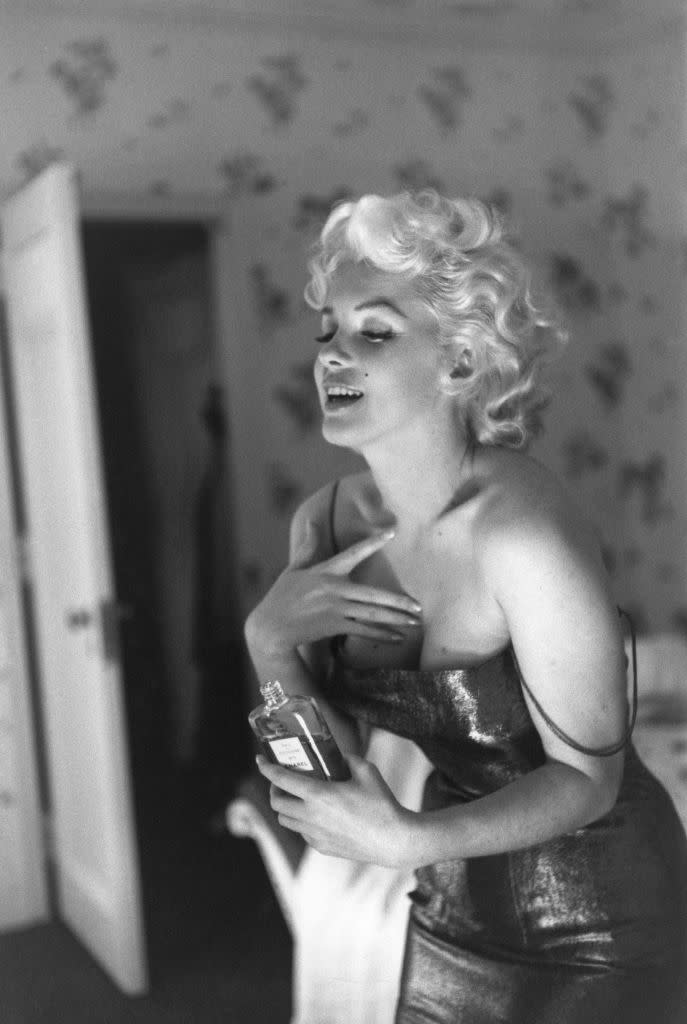

Today, the perfume is associated with Marilyn Monroe; Monroe mentioned the perfume in a 1952 Time magazine cover story: “This guy says, ‘Marilyn, what do you wear to bed?’ I say I only wear Chanel No. 5.” An iconic photograph of Monroe wearing Chanel No. 5 was used in a 2013 campaign to promote the perfume. Other notable spokespeople include Catherine Deneuve, Nicole Kidman and Chanel herself, who appeared in the perfume’s first advertisement.
1925-1926: Chanel Introduces the Tweed Skirt Suit and Little Black Dress
Capel wasn’t Chanel’s only male muse; one of her brand’s most prolific staples, the tweed skirt suit, was born out of her relationship with the Duke of Westminster. The couple vacationed together in the Scottish Highlands, where athletes favored suits made of wool knits. Chanel feminized the fabric by making it lighter and designing colorful skirt suits with fur trim, metallic thread, and lion-embroidered buttons, a nod to the designer’s zodiac sign.
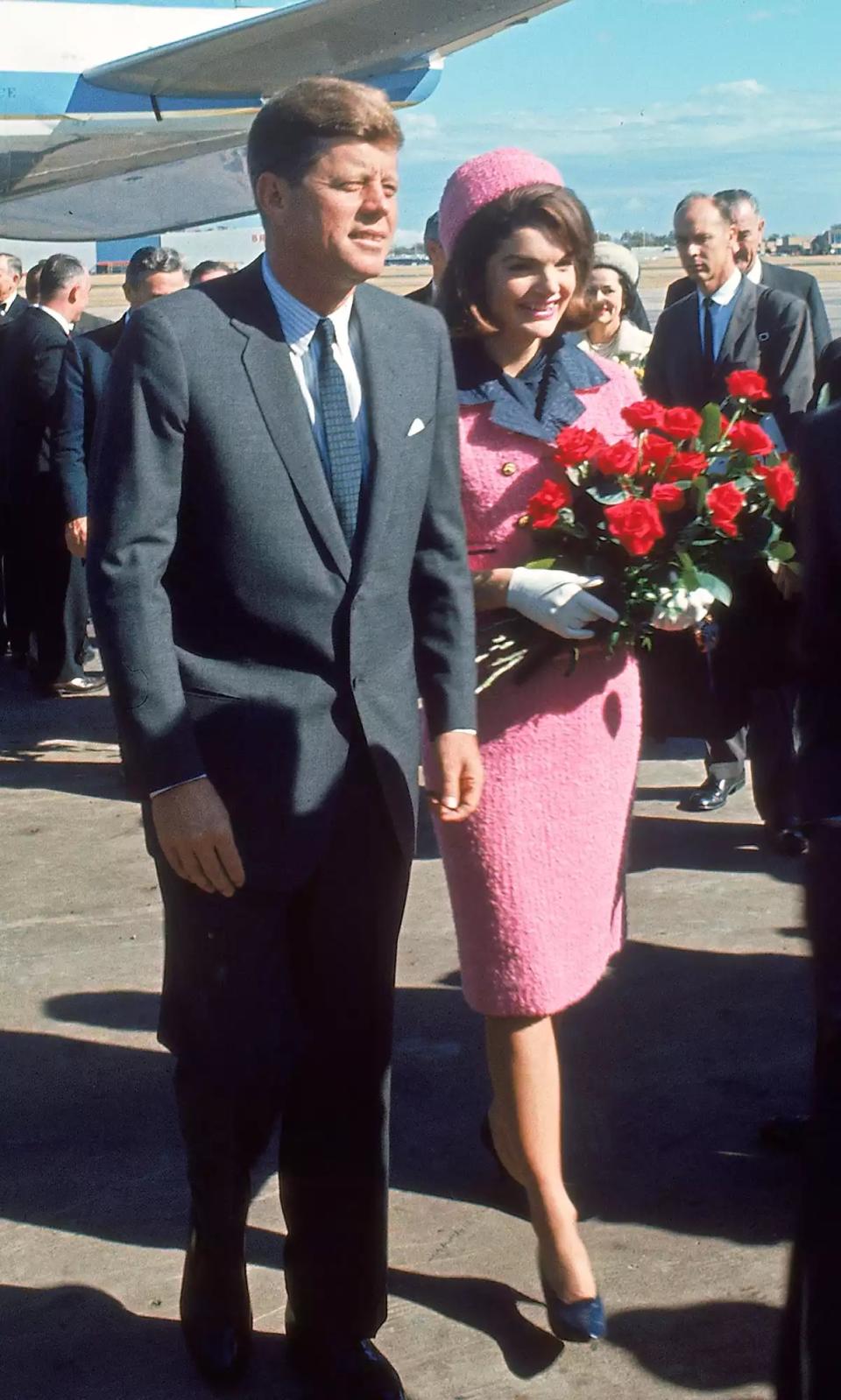

One of the most famous Chanel tweed skirt suits is Jackie Kennedy’s. Featuring a navy trim and a double-breasted silhouette, she wore a cotton candy pink suit on the day of her husband’s assassination. Lyndon B. Johnson refused to remove his blood-stained suit as he was sworn in. “Let them see what they’re doing,” he reportedly said.
As first lady, Kennedy was encouraged to wear only American designers, but she found a loophole by having her Chanel suit made from materials provided by the French brand at the Park Avenue boutique Chez Ninon.
Chanel helped pioneer the flapper look in the 1920s. Her loosely cut, beaded dresses overturned the hourglass silhouettes of the Edwardian and Belle Époque eras, allowing for greater freedom of movement. In 1926, she introduced what is now commonly known as the “little black dress.” Its simple, practical design has been compared to Henry Ford’s Model T. During the Jazz Age, women began to embrace more masculine fashion, and the flat-chested, low-waisted cut of Chanel’s “Ford” became a trend.
The “LBD” moniker derives from one of Chanel’s famous quotes: “Scheherazade is easy; the little black dress is hard.” Today, little black dresses—Chanel or not—are still widely considered a wardrobe essential.
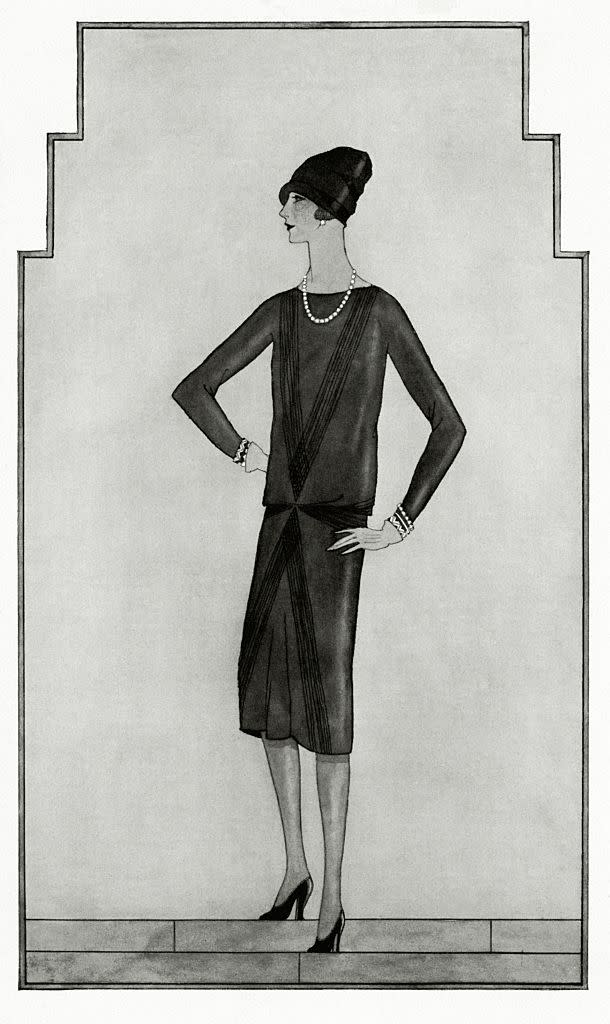

1933: Chanel Introduces the Camellia Motif
The camellia is often associated with Chanel, as it appears on brooches, scarf prints and even packaging. The designer’s flair for flowers dates back to her youth, when she first read Alexandre Dumas’s book “The Lady of the Camellias.” Chanel identified with the story’s heroine, a prostitute who wears a white camellia as a symbol of accessibility.
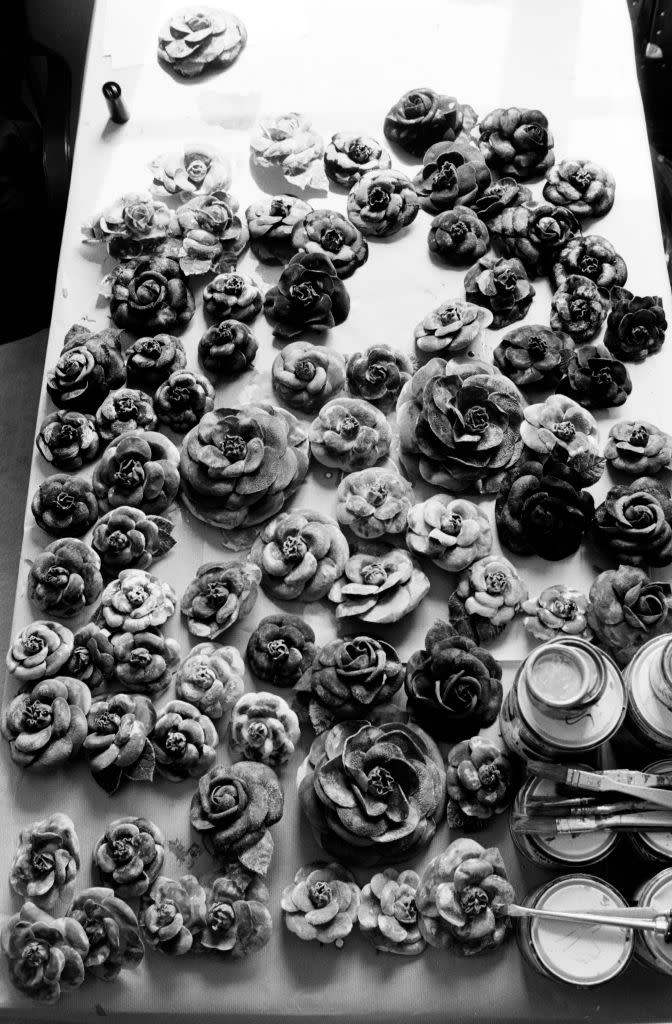

Chanel officially debuted its first camellia design in 1933, when the flower graced a black suit with white trim. Today, the brand still uses the camellia frequently, with former creative director Virginie Viard featuring it as the centerpiece of Chanel’s fall 2023 fashion show set.
At the 2023 Met Gala in honor of Karl Lagerfeld, many stars wore designs featuring camellia motifs, including Anne Hathaway’s custom gown with Versace’s signature safety pins and Cardi B, who wore a latex Chenpeng Studio design covered in oversized three-dimensional camellias.
1955: Chanel Introduces the 2.55
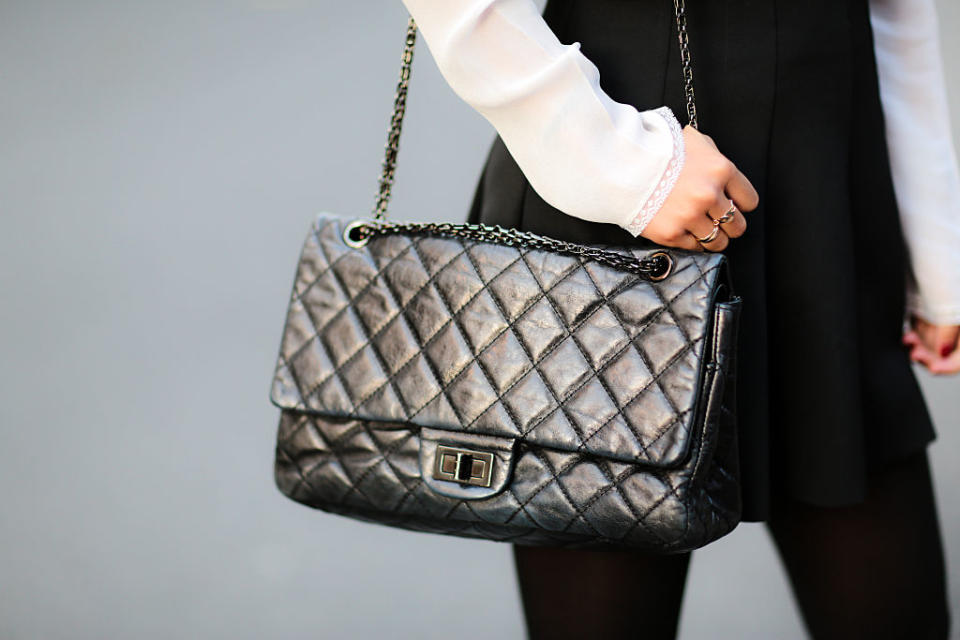

The quilted flap bag is another Chanel staple. Although the brand had been producing bags as early as the 1920s, it wasn’t until 1955 that they introduced the 2.55, named after the date it was created.
Many Chanel bags today sport a double C-lock—a Lagerfeld addition—but the 2.55 has a rectangular “mademoiselle” closure, a nod to the never-married Coco herself. Its chain strap also differs from modern iterations, which are often interlaced with leather. Like many Chanel staples, the 2.55 was designed with both fashion and function in mind: The bag’s shoulder-length straps allowed for hands-free carrying in an era when top-handle bags ruled. Chanel took the 2.55’s signature quilting from barn workers who often wore puffer jackets.
Heritage
Chanel died in 1971 at the age of 87. Like her successor Lagerfeld, she continued to design until her death. Today, Chanel remains synonymous with luxury, and many of the products she pioneered are still considered fashion’s holy grails.
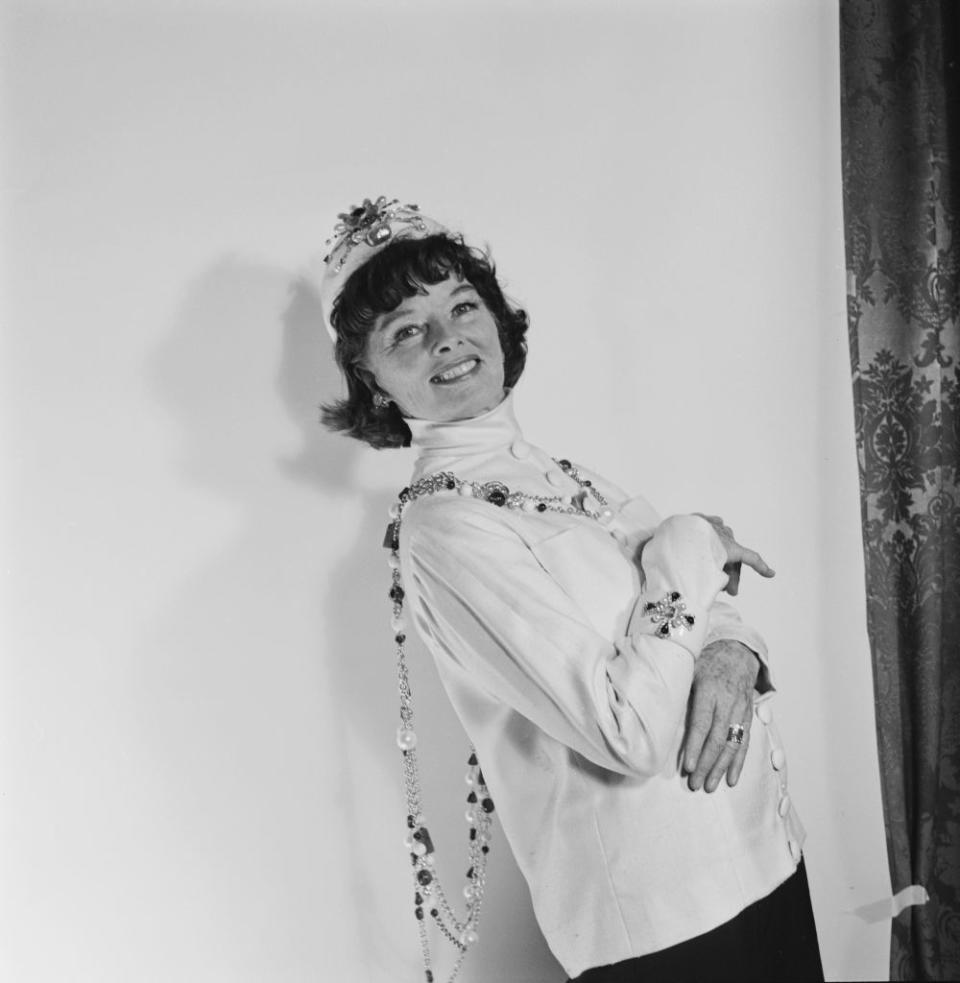

The designer has also been the subject of films, television shows and even stage productions. The first, a musical starring Katharine Hepburn, “Coco,” premiered a year before Chanel’s death. Her life is now the focus of a ballet, “Coco Chanel: The Life of a Fashion Icon,” set to premiere in Hong Kong in 2023.
On screen, Chanel has been portrayed by actresses such as Audery Tatou and Shirley McLaine. More recently, Juliette Binoche played the couturier in “The New Look,” an Apple TV+ miniseries that chronicles the rise of Christian Dior and sheds light on Chanel’s Nazi ties.
As Chanel looks for a new creative director following Viard’s departure in 2024, the brand continues to see financial success. The luxury brand reported total revenues of $19.7 billion last year, up 16% on comparables, with double-digit growth across all categories. Price increases alone accounted for a 9% improvement
Launch Gallery: Photographs of Coco Chanel Through the Years: Her Evolution from 1910 to the 1960s
The best of WWD